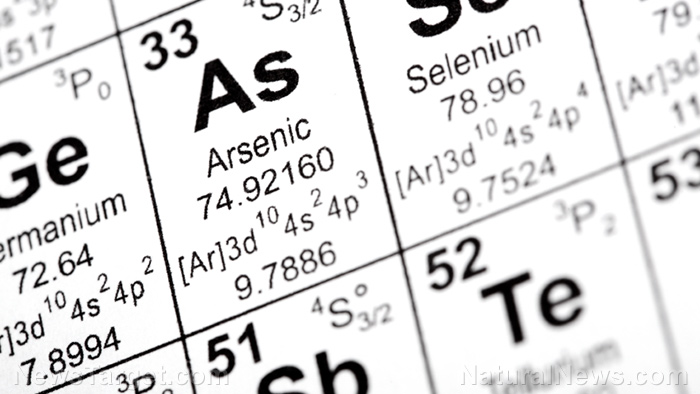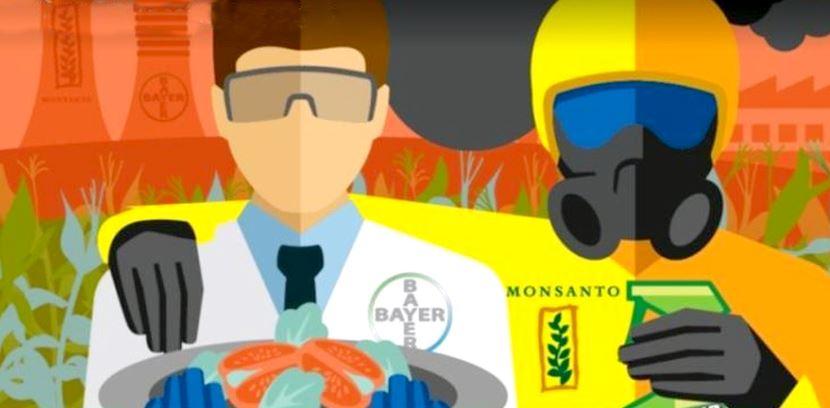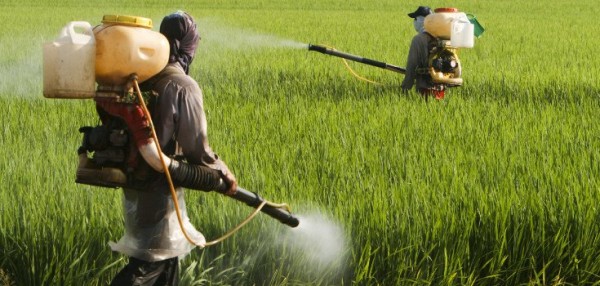Bald eagles dying of lead poisoning in Iowa
04/01/2018 / By Janine Acero

The majestic bald eagle faces a growing threat from hunters – not from bullet wounds, but from lead poisoning. The eagles reportedly have been eating dead animals whose carcasses were not properly disposed off by the hunters that shot them, according to WQAD.com.
One eagle, which was rescued and brought to a SOAR (Saving Our Avian Resources) rehabilitation center for raptors in Manning, was found to have dangerous levels of lead in the blood.
Kay Neumann, SOAR’s executive director, points to lead bullets as one of the leading causes of wildlife poisoning in Iowa, and sends a plea to hunters to refrain from using these types of ammunition.
Other animals that were victims of lead poisoning, such as a trumpeter swan, have been brought to the facility. These animals suffered from kidney failure, and liver and brain damage. Lead destroyed the stomach lining of the eagle that most recently died at the facility. According to Neumann, the raptor was bleeding from its mouth and could not digest food.
So far this hunting season in Iowa, at least two eagles have been found dead due to lead poisoning.
How eagles come across lead
When the small toxic pellets from a shotgun shell scatter across the land, they resemble seeds that birds eat and the gravel and grit they consume to aid their digestion. One or two pellets can kill a small bird. Bald eagles and other large raptors may die when they feed on animals that ingested or were shot with lead bullets. Bits of lead bullets consumed along with the meat break down quickly in an eagle’s stomach and enter its bloodstream. (Related: California condors being decimated by hunters’ use of lead ammo.)
Elevated lead levels can cause blindness, paralysis, a lack of appetite, and neurological problems that make eagles more likely to fly into buildings or vehicles if they don’t succumb to lead poisoning first.
Ed Clark, president of the Wildlife Center of Virginia, says they treat 35 to 40 eagles per year; about 60 percent of which have lead in their blood.
“Many hunters don’t realize that as much as 50 percent of a bullet may remain in the deer as fragments,” he said. “A sliver the size of a grain of rice is enough to kill a bald eagle in 72 hours.”
Lead poisoning does not only impact bald eagles; more than 50 other animals are susceptible to it, according to experts.
The health hazards of lead are widely known, and numerous states have imposed additional restrictions on the ammunition. The Humane Society of the United States has long sought restrictions on lead ammunition.
California is the first state to ban hunting with lead bullets, replacing them with less-toxic ammunition such as copper or steel. Yet in Iowa, hunters are still free to legally use lead and spread the toxic substance across fields and forests.
It is now up to the hunters to do the right thing and actively participate in the preservation of various species by switching to non-lead shot for hunting game.
“It can be easily solved by not leaving the remains of animals where scavengers can get to them, or to simply use non-lead ammunition,” Clark said. “This information needs to be in every hunter safety course.”
Learn more about other toxic chemicals and their impact on wildlife and the environment at Toxins.news.
Sources include:
Tagged Under: bald eagles, Black Hawk Wildlife Project, Ecology, environ, hunting, iowa, lead ammo, lead ammunition, lead bullets, lead poisoning, Saving Our Avian Resources, SOAR, toxic elements, toxic substances, wildlife, wildlife threat



















